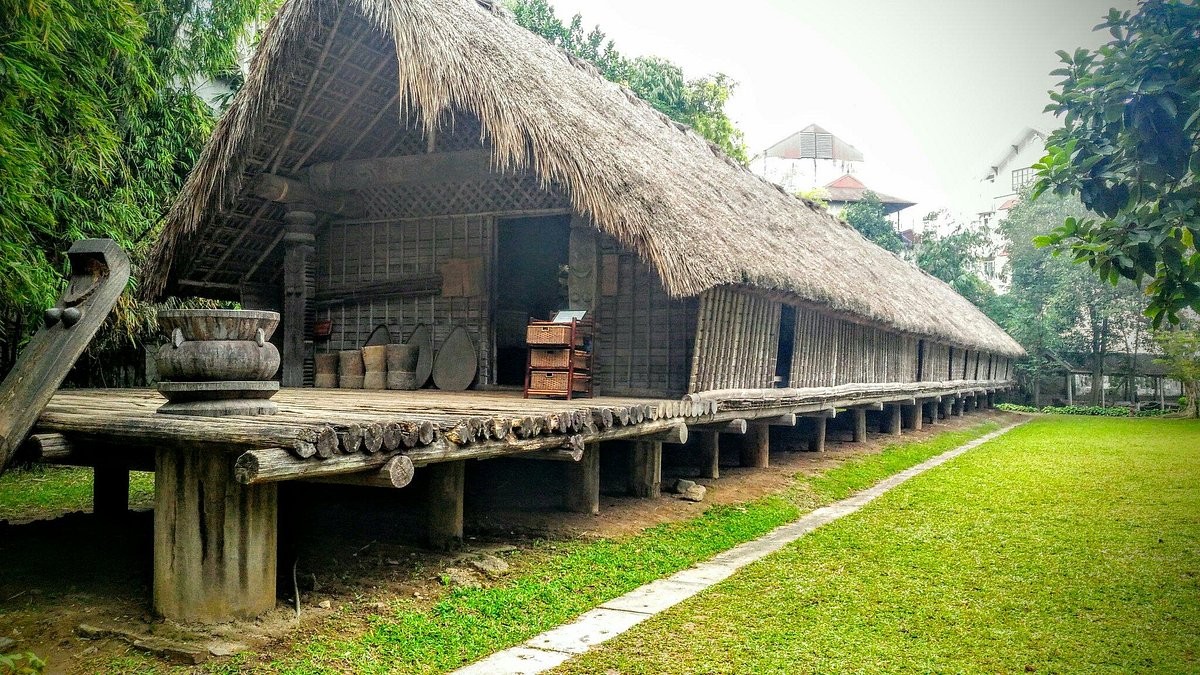The Hanoi Vietnam Museum of Ethnology is a cultural gem that teaches Vietnam’s unique ethnic histories. Vietnam’s 54 official ethnic groups’ customs and culture are preserved and displayed at the 1997 museum. Museum in modern Tay architect Ha Duc Linh building. The building contains indoor and outdoor displays. Well-designed displays, interactive areas, and multimedia teach about Vietnam’s ethnic diversity.
Must-See Exhibits and Interactive Spaces
One of the Vietnam Museum of Ethnology’s highlights is its vast collection of things depicting how ethnic groups live, play, and practice their culture. Traditional clothing, farming tools, musical instruments, and religious relics are displayed. Museum dioramas show bustling markets and family gatherings. Spindling and pottery are popular. Multimedia displays of ethnic festivals, dances, and rituals enrich the experience. The museum hosts ethnic cultural temporary exhibits. These are novel and refreshing.
Ethnic Films and Photos
The museum’s ethnographic photos are fascinating. These photographs demonstrate Vietnam’s ethnic groups’ lifestyles and customs. The museum auditorium shows these films regularly. They help tourists understand intangible cultural riches better than words and things. Photographic exhibits are often themed.
Outdoor Village Life and Traditional Dwellings
The museum’s outdoor display shows village life and architecture. It has life-sized wood, thatch, clay, and stilt Hmong, Dao, and Tay homes. Ethnic communities supplied materials for these traditional buildings. People walking through this area can witness how these homes were built and how different ethnic groups live.
Celebrations and Performances
The Vietnam Museum of Ethnology hosts festivals and traditional performances. Folk dances, music, and ethnic ceremonies are included. They make learning Vietnam’s unique culture fun. Vietnamese holidays and festivals like Tet and the Mid-Autumn Festival offer special events for tourists.
Learning Courses and Seminars
The museum offers workshops for kids and adults. Guided tours, traditional craft workshops, and interesting cultural education are offered. The museum promotes Vietnam’s ethnic communities through education. This makes it suitable for families and schools.
Noi Bai Airport Taxi Tips: How to Get There, How Long, and How Much
The Vietnam Museum of Ethnology is conveniently accessible from Noi Bai Airport. The museum is 25 kilometres from the airport and takes 30–45 minutes via taxi depending on traffic. Most travellers use the taxi Nội Bài service. A one-way trip costs approximately $20 USD.
Tourist Amenities and Access
The Vietnam Museum of Ethnology accepts disabled guests. Everyone can enjoy the museum’s wheelchair-accessible ramps, elevators, and amenities. Visitors can relax and examine the displays in the museum’s seating spaces. The museum has various conveniences to enrich your visit. A café serves drinks and a gift shop sells regional goods. These features will make visitors want to spend all day at the museum.
Last Remarks on the Museum’s Learning Value
Vietnamese education about its many ethnic groups is unique. Through exhibitions, interactive areas, and cultural acts, the museum promotes Vietnam’s rich cultural heritage. This museum provides information on Vietnam’s ethnic groups’ history, culture, and more.
Conclusion
The Vietnam Museum of Ethnology is more than a history museum. Live museum celebrates and passes on Vietnamese culture. The museum teaches Vietnamese history, making it a must-see in Hanoi. Culture preservation and education will make the museum viable for years. The Vietnam Museum of Ethnology is one of those history-related museums that should not be missed whenever one is in Hanoi for a short or long period.







